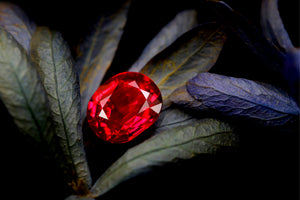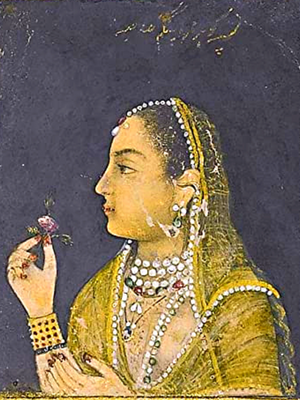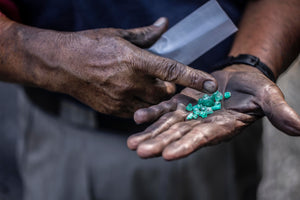Jewels of the Middle Ages (900-1650)
Jewelry was an established part of Medieval European and Asian Royalty. Adopting Egyptian jewelry culture, European monarchy and nobility adorned themselves in fine jewelry as a symbol of wealth and power, while emperors in the far east employed gold, diamonds and gemstones in their royal garb. While not crafted precisely due to less modern technology, Medieval Jewelry is consistent with what we see today, with large diamonds and gemstones adorned in gold jewels.
Through expansion and the opening of global trade, explorers gained access to never-before-seen gemstones and materials, such as Rubies, Colombian Emeralds, Topaz, Spinel, Turquoise, Opals and Amethysts. King Cortez of Spain, for example, was responsible for the first export of Colombian Emeralds, which are widely regarded as the finest in the world, in the 1600’s. While most monarchs had expansive, priceless collections, none are quite as iconic or revered as the “Crown Jewels of England”. The Crown Jewels are a collection of jewelry kept by the monarchy of Great Britain. Accumulated over 800 years, the “Crown Jewels” is the most historically-significant collection of regalia and heirlooms in the world. These famous jewels feature “Queen Elizabeth’s Crown”, which controversially adorns the “Koh-I-Noor” diamond, the “Sovereign Orb”, and the “Sovereign Sceptre”, centering the largest finished diamond in the world, the “Cullinan I” (530 carats). They remain in the Tower of London and are exhibited in the British Museum.

In the Eastern Hemisphere, the Maharaja of India– the kings and leaders of their regions– were the prominent jewelry collectors of the time period, with the emperors clad in complex yellow gold jewelry adorned by large, vividly-colored gemstones and white diamonds– one of the first uses of white diamonds in jewelry history. Jewelry was collected by the populace as well, as the wealthy purchased diamond and gemstone jewelry for its monetary value and as a talisman, safeguarding the wearer from misfortune while promoting health, wealth and spirituality.

Spanning nations around the globe, Medieval jewelry is the largest step in the evolution of jewelry from ancient to modern times. Civilizations and cultures were at their strongest, as exploration and global travel finally became a reality, leading to the exchange of not only foreign goods, but traditions and ideas.








